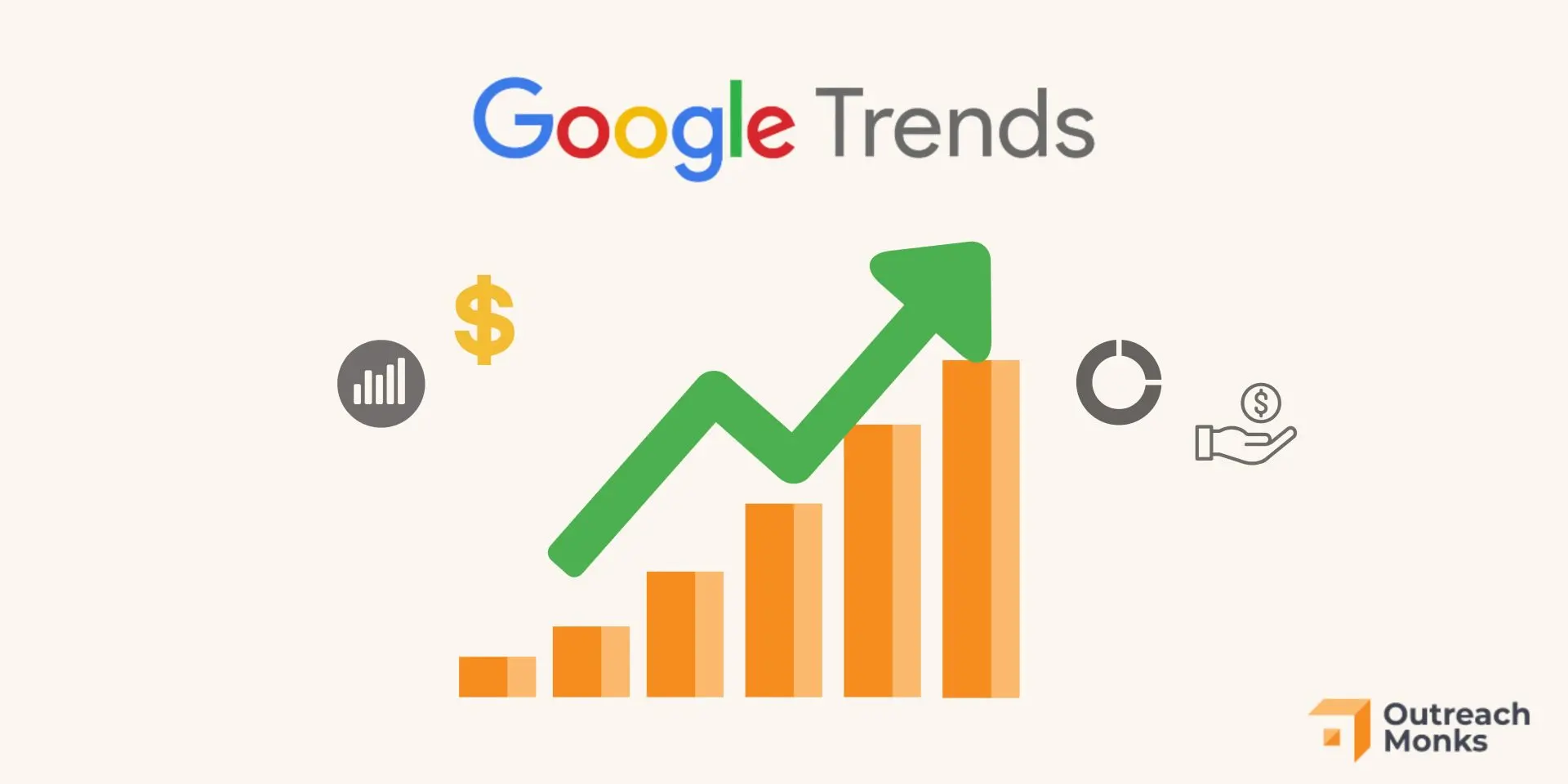Google Trends for Beginners: A Complete Guide to Understanding and Using Trend Data in 2025
If you’re new to digital marketing, blogging, or e-commerce, you’ve probably heard of Google Trends—but may not fully understand how powerful it really is. This free tool helps you track what the world is searching for in real time. Whether you’re looking to create viral content, identify trending products, or boost your SEO strategy, Google Trends can guide you.
In this beginner-friendly article, we’ll walk you through what Google Trends is, how it works, and how to start using it today.
🔍 What Is Google Trends?
Google Trends is a free tool that shows how often specific keywords or topics are searched in Google over a period of time. It gives you data in the form of graphs, related queries, and interest by region—helping you understand which topics are rising and which are fading.
Instead of showing exact search numbers, it uses a score from 0 to 100 to show relative popularity.
🛠️ How to Use Google Trends (Step by Step)
Step 1: Go to Google Trends
The homepage shows trending searches in your country and around the world.
Step 2: Enter a Search Term
For example: “electric scooters”
You’ll see a graph showing how popular this term has been over time.
Step 3: Adjust Filters
You can filter by:
- Country or region
- Time range (past hour, past 7 days, past 5 years, etc.)
- Category (e.g., tech, sports, health)
- Search type (web, YouTube, news, image, or Google Shopping)
Step 4: Analyze the Data
- Interest Over Time: Shows how the search term’s popularity has changed.
- Interest by Region: Reveals where the term is most searched.
- Related Topics & Queries: Tells you what else people are searching around the same topic.
📈 5 Smart Ways to Use Google Trends
1. Find New Blog or Video Topics
Use the “Rising” queries to identify what people are starting to search for. These are great for:
- Trendy blog posts
- YouTube video ideas
- Social media content
➡️ Example: If “AI content tools” is a rising term, you could write a blog post titled “Top 5 Free AI Writing Tools in 2025.”
2. Optimize for Seasonal Trends
Some searches repeat every year (like “Christmas gifts” or “summer fashion”). Use Trends to see when searches spike so you can post content at the perfect time.
➡️ Tip: Publish seasonal articles 3–4 weeks before the trend peaks.
3. Compare Keywords
You can compare up to 5 terms. This helps you pick the best keywords for SEO or ads.
➡️ Example: Compare “online course” vs. “e-learning platform” to see which one is more popular in your country.
4. Target the Right Regions
Check where your search term is most popular. Use that info for:
- Running ads in high-interest regions
- Creating content tailored to those areas
➡️ Example: If “vegan protein” is trending in California, create region-specific ads and blog content.
5. Track Your Brand or Competitors
You can search your brand name or a competitor to see how their popularity is trending over time.
➡️ Tip: If your brand name is rising in “related queries,” it means more people are becoming aware of you—great for measuring marketing success.
🚫 What Google Trends Can’t Do
While Google Trends is powerful, it’s not perfect for:
- Getting exact search volume (use tools like Google Keyword Planner for that)
- Predicting long-term success of a keyword
- Niche topics with very low search volume (they may not show up at all)
✅ Final Thoughts
Google Trends is one of the easiest and most powerful tools to help you create relevant, timely, and SEO-optimized content. Whether you’re a blogger, small business owner, or digital marketer, using trend data gives you a competitive edge.
Start exploring today, and let search data guide your next big idea.

